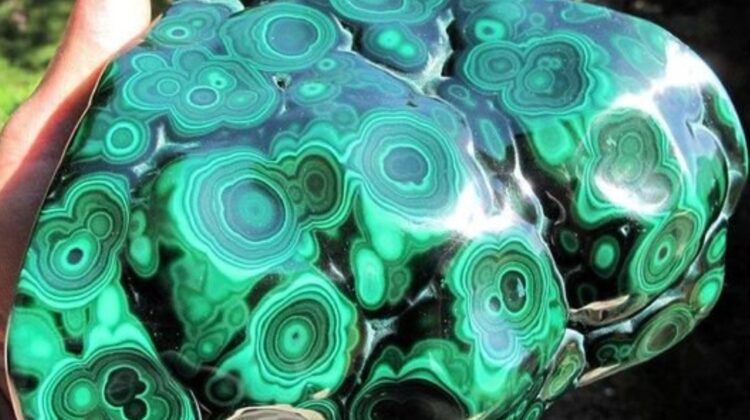
Malachite is a copper carbonate hydroxide mineral that is highly sought after for its striking appearance when polished. This mineral has been known for centuries and has been used for decorative purposes as well as for its healing properties.
Malachite is formed through the weathering of copper ores and is commonly found in association with other copper minerals such as azurite. The mineral can be found in various locations around the world including Africa, Australia, Europe, and North America.
When malachite is polished, it has a unique and stunning aspect. Its vibrant green color and swirling patterns make it a popular choice for jewelry, sculptures, and other decorative objects. The mineral’s name is derived from the Greek word for “mallow,” which refers to the plant that has similar shades of green.
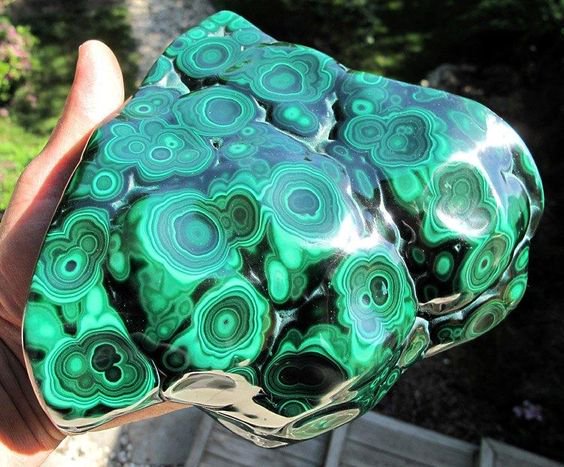
Malachite has been used for centuries as a decorative material. The ancient Egyptians, Greeks, and Romans all valued malachite for its beauty and used it to create jewelry, ornaments, and other decorative objects. In fact, the ancient Egyptians believed that malachite had healing properties and used it in their medical practices.
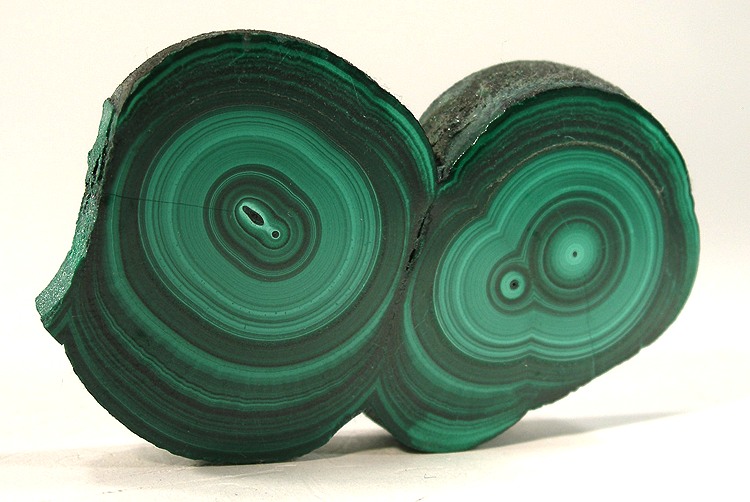
In addition to its beauty, malachite is also believed to have healing properties. It is thought to help with emotional healing, promoting inner peace and tranquility. It is also believed to help with physical healing, particularly in the treatment of arthritis, asthma, and other respiratory issues.
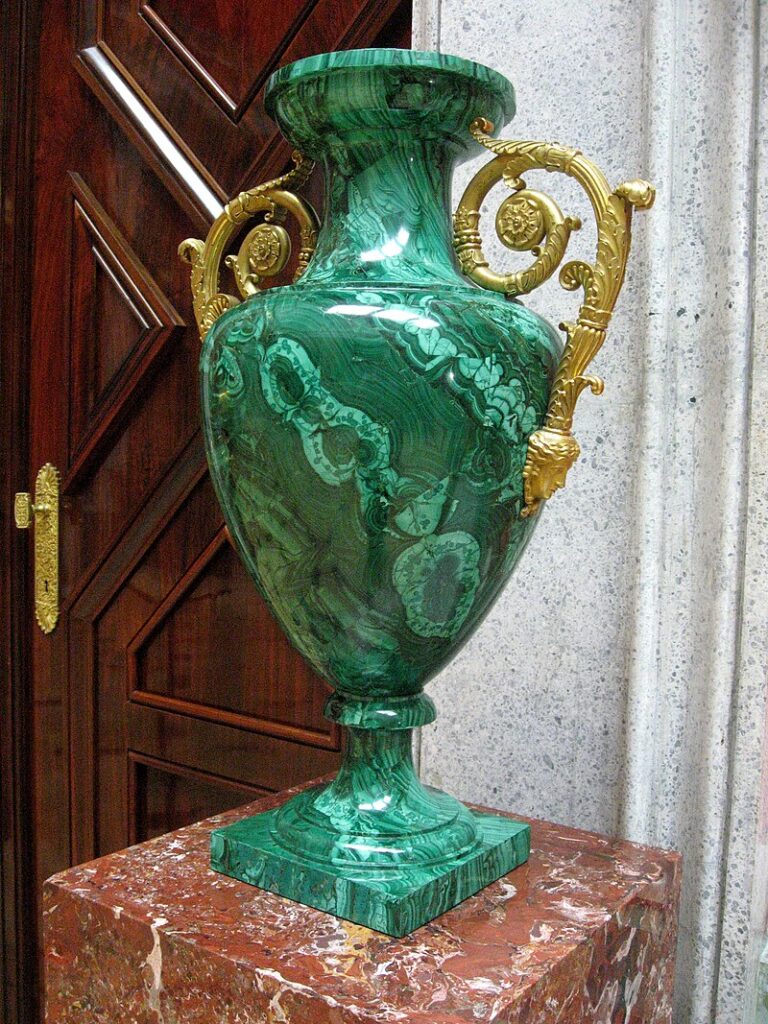
Despite its beauty and purported healing properties, malachite should be handled with care. The mineral is toxic and should not be ingested or inhaled. It is also important to handle malachite with gloves to avoid skin irritation.
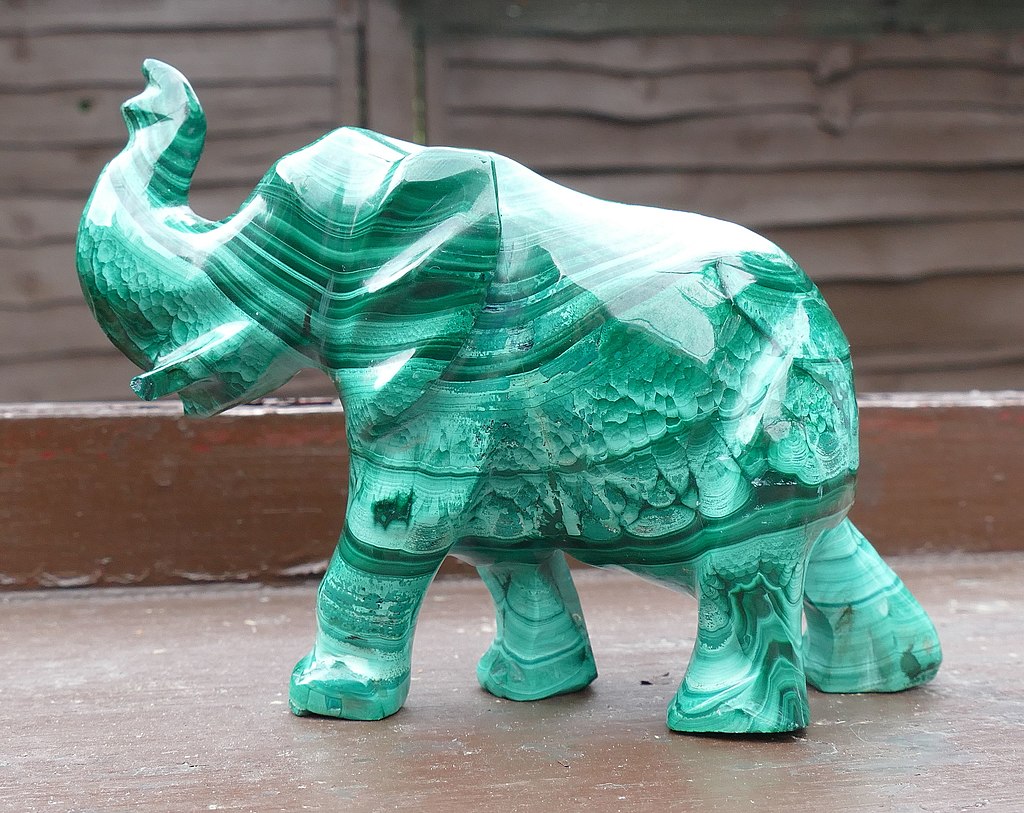
In conclusion, malachite is a stunning mineral that has been valued for centuries for its beauty and healing properties. Its vibrant green color and swirling patterns make it a popular choice for jewelry and decorative objects. While it should be handled with care due to its toxicity, malachite is a unique and striking addition to any collection.

Leave a Reply